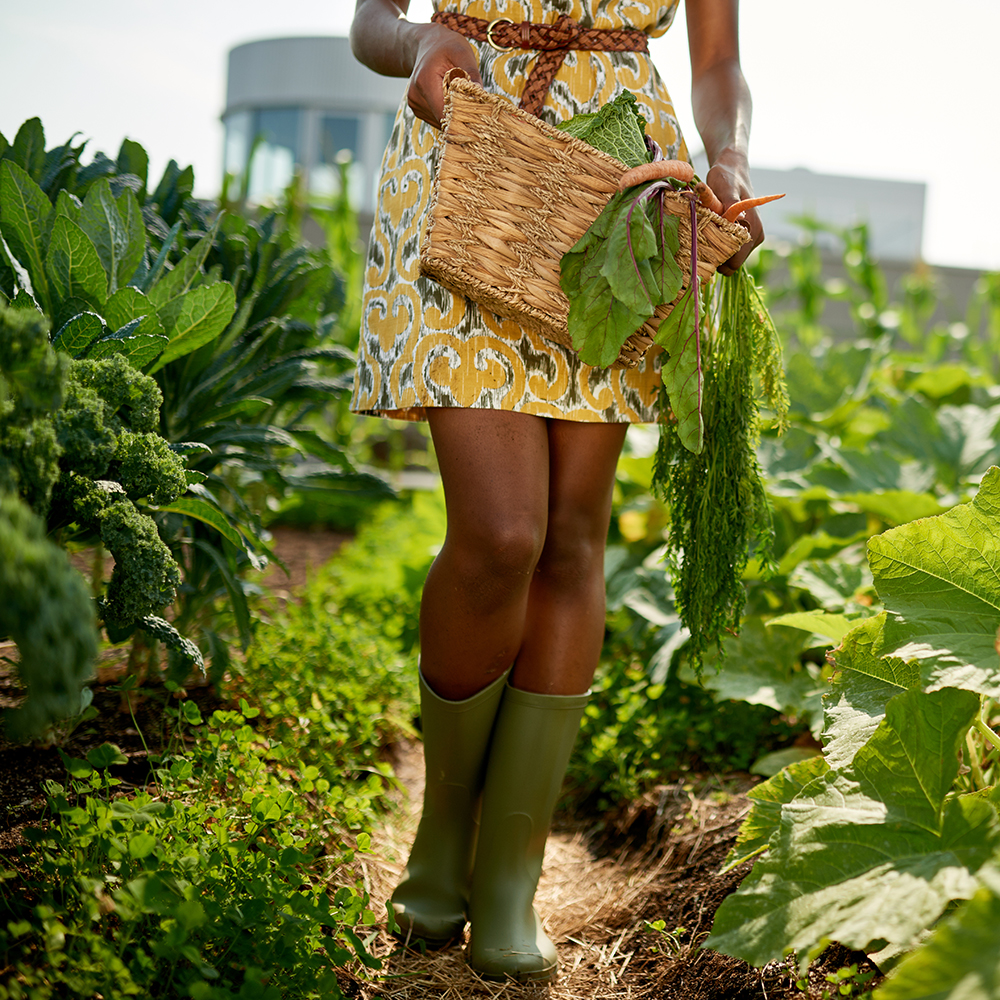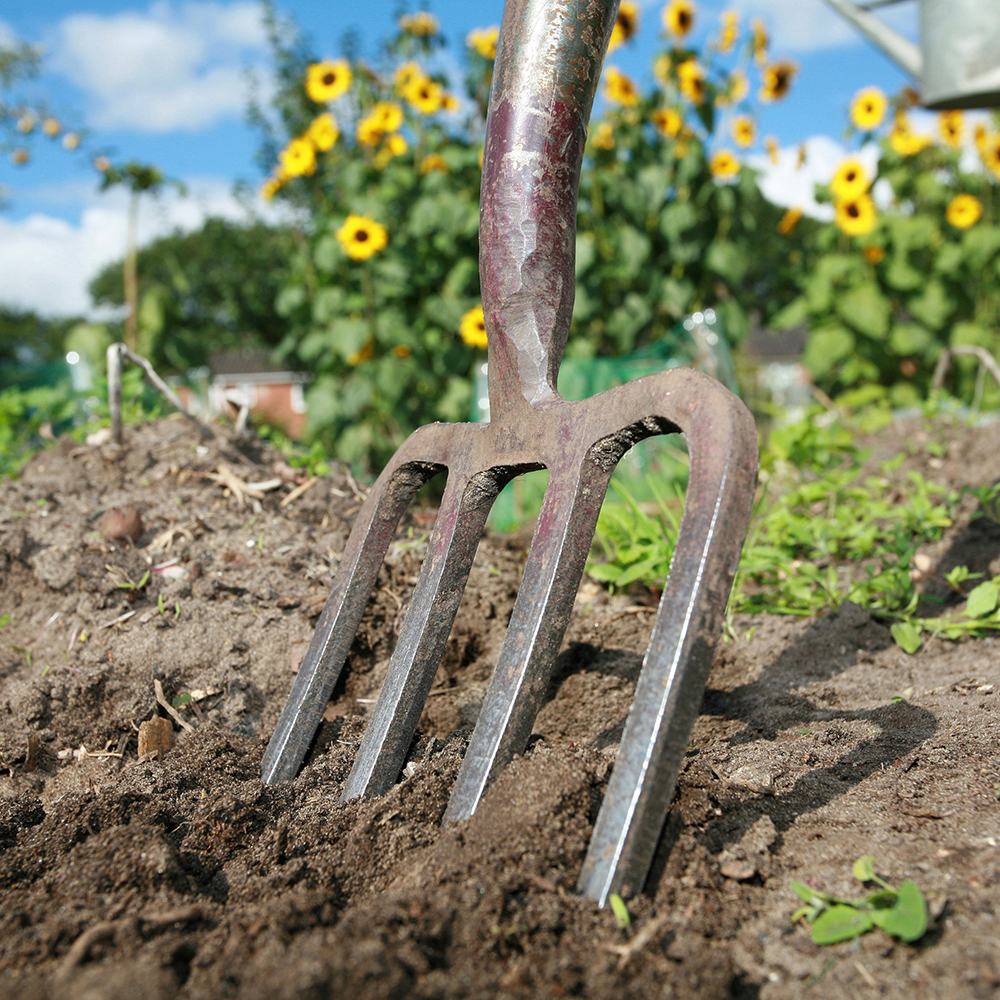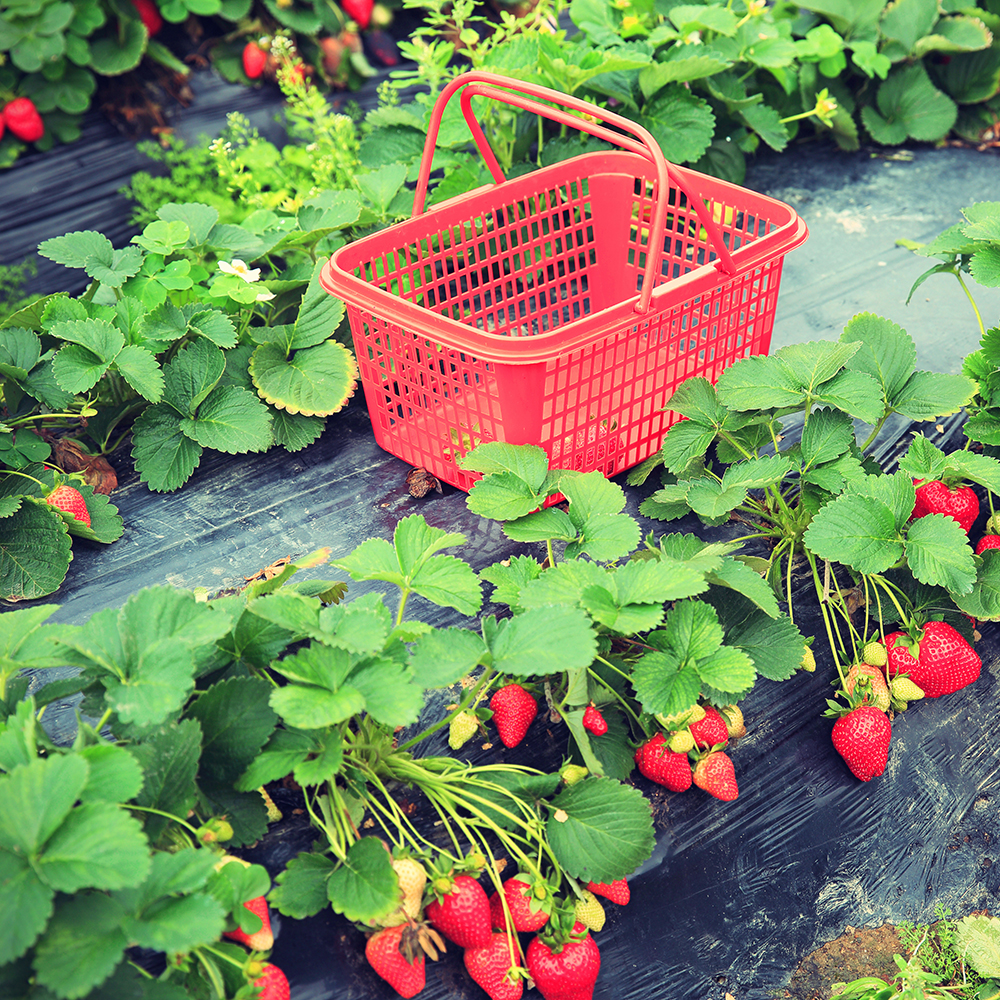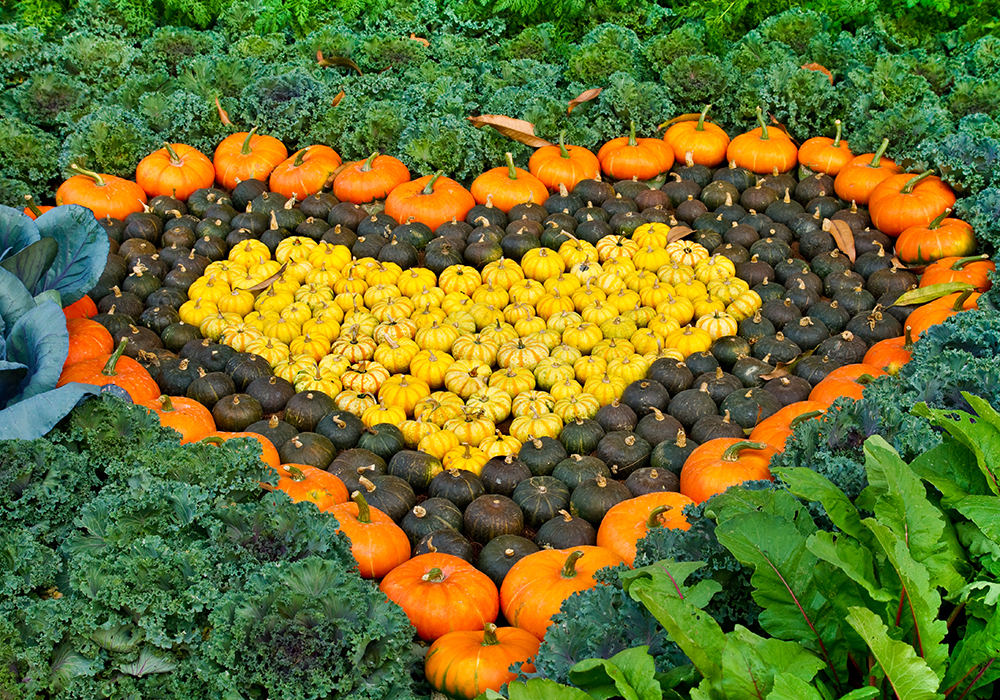Allotment ideas for beginners – tips for grow-your-own newbies
Nurture your love affair with the great outdoors with these allotment ideas. Our tips on preparation and planting will help you get the most of your precious plot.


There’s nothing more satisfying than growing your own organic fruit and veg, and it can be easier than you think. All you need is a bit of time, patience and a small plot of land.
If you don't have much of a garden – or it's been taken over by the kids' trampoline/climbing frame/football pitch (delete as appropriate) – an allotment can offer the perfect place to develop your passion. This Monday 14th August marks the start of National Allotments Week 2017, when open events will be held across the country, giving the public the chance to find out more.
Check if your local allotment is hosting one by visiting the National Allotment Society website.
And if you are bitten by the allotment bug, our friends The Greenhouse People have come up with these top tips for allotment newbies.
Need convincing? Read 9 reasons why everyone should have an allotment
1. It’s all in the planning

With all the excitement that comes with getting your new plot, sometimes the planning stages can be cut short. Before digging, it’s vital to draw up a plan on paper, bearing in mind the type of soil you have, the way the sun hits your plot, the wind direction and where you need access pathways.
Sign up to our newsletter for style inspiration, real homes, project and garden advice and shopping know-how
Equip yourself with good quality gardening tools (i.e. fork, spade, wheelbarrow, gloves and storage) and don’t be overwhelmed by the size of the task ahead. A wild allotment plot is a sign your ground is fertile…but wait for a rain shower to dampen the soil before you start digging!
Top tip Try to speak to more experienced allotmenteers who will know instantly what does and doesn’t work, saving you time and effort. You’ll also gain a green-fingered friend who can help you through your first year.

These crafty plants are perfect for allotment beginners. Literally meaning 'through the years', perennial fruits and herbs should live more than two years, returning each spring from their rootstock. Typical perennials include tomatoes, strawberries, garlic, basil and blueberries.
Top tip Perennials’ hearty growth can deplete the nutrients in the soil. Keep up its quality with compost or well-rotted manure before planting. Don’t be tempted to remove the dead foliage during winter – this will attract small insects and give back nutrients to the soil without you lifting a finger.
Like getting your hands dirty? Read How to start a compost pile – feed your garden for free

Companion planting is key to making the most out of your space and the ensuring the quality of your produce. Certain complementary plants forge mutually beneficial relationships, helping to repel pests, improve pollination and provide nutrients.
For example:
- Lettuces, radishes and other quick-growing plants sown between hills of melons or squash will mature and be harvested long before the vines need more room.
- Leafy greens such as spinach grow well in the shadow of corn.
Top tip Growing members of the same ‘family’ close together increases competition for soil nutrients. Disperse onions, chives, leeks and garlic across your plot, instead of keeping them close together.

Sometimes unpredictable sunny, rainy or frosty spells can let us down, and jeopardising the plant projects we’ve nurtured so tirelessly.
However, adding a greenhouse means you can ignore and evade almost all seasonal changes and weather conditions throughout the year. Extreme temperatures, excessive rain or droughts will not cause any serious problems to greenhouse gardening efforts, giving your much-needed flexibility when it comes to any forms of complementary gardening.
Top tip Adding an electric or gas heater, along with overhead lighting, to your greenhouse can extend the growing period for warm season plants for even longer.

Read more: 10 herbs that will attract bees into your garden this summer
Planting herbs throughout your plot can help to repel insects with their strongly scented leaves. Sage repels cabbage moths and French Marigolds (above) are great to grow with tomatoes, because their strong scent wards off aphids. They’re also very pretty.
The benefits extend beyond protection, as the addition of herbs can enhance the flavours of other plants too. For example, growing basil alongside tomatoes and lettuce enhances the flavour of both.
Top tip If you grow the herb wormwood, you can make a tea that, when poured on plants, repels slugs.

Amy Cutmore is an experienced interiors editor and writer, who has worked on titles including Ideal Home, Homes & Gardens, LivingEtc, Real Homes, GardeningEtc, Top Ten Reviews and Country Life. And she's a winner of the PPA's Digital Content Leader of the Year. A homes journalist for two decades, she has a strong background in technology and appliances, and has a small portfolio of rental properties, so can offer advice to renters and rentees, alike.